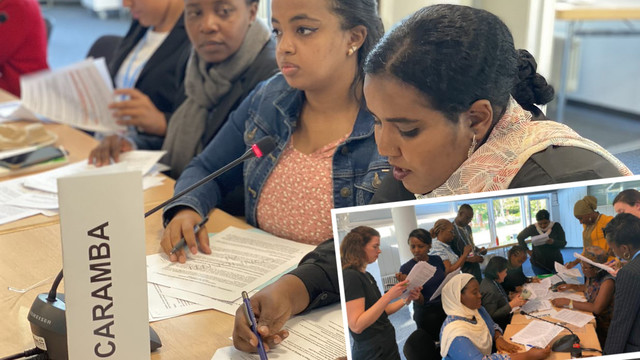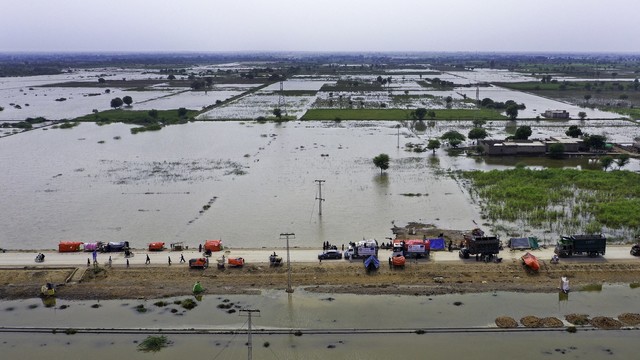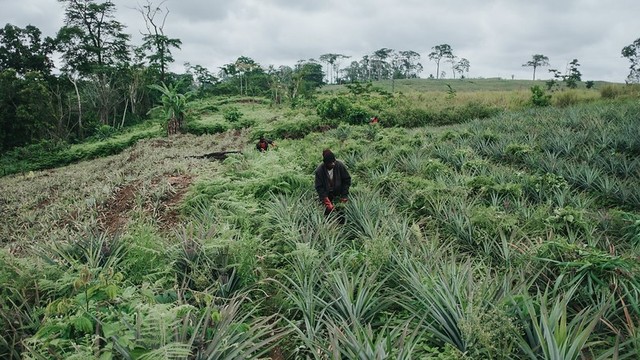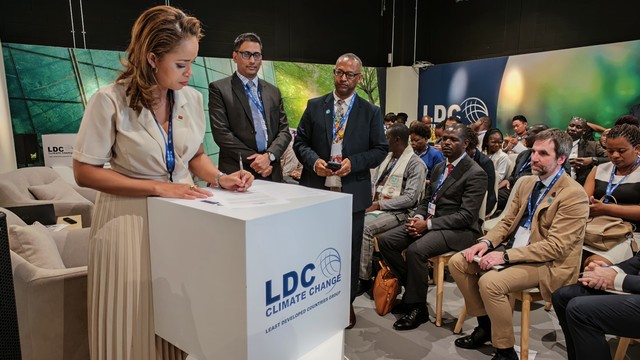Tianjin climate begotiation through the CLACC lens
Last month (4–9 October), more than 2,300 government delegates, observers and intergovernmental organisations met in Tianjin, China in a search for common ground to achieve strong action on climate change.
In their last meeting before the UN Climate Change Conference in Cancun, Mexico at the end of November, the Ad Hoc Working Group on Further Commitments for Annex I Parties under the Kyoto Protocol (AWG-KP) discussed emissions reduction commitments for the 37 developed countries that have ratified the Kyoto Protocol beyond 2012.
At the same time, the Ad Hoc Working Group on Long-term Cooperative Action under the UN Framework Convention on Climate Change (AWG-LCA) — comprising all 194 Parties to the convention — considered options for delivering a shared vision for long-term cooperative action on climate change, as laid out in the Bali Action Plan agreed at the 2007 UN talks in Indonesia.
The AWG-KP discussed various options for the scale of emission reductions, improvements to flexibility mechanisms, and the role of land use, land-use change and forestry (LULUCF). They agreed a series of draft decisions in an updated negotiating text to serve as the basis for continued negotiations in Cancun — but there was no movement on resolving actual numbers.
The AWG-LCA agreed that its pre-Tianjin negotiating text — circulated in August — will form the basis of discussions in Cancun. This has a broad remit covering mitigation, adaptation, finance and technology, as well as capacity building. While the group could not resolve all the issues around these within their six days in Tianjin, it did make some progress in streamlining its negotiating text and identifying ‘areas of convergence’ — issues where agreement could be reached and those where parties felt agreement must be reached in Cancun.
Priorities for Cancun
A key issue that must be resolved is climate finance. This essentially means who will be putting how much and for how long on the climate fund table. There is a real and urgent need for both the ‘fast-start’ climate finance outlined in the Copenhagen Accord —US $30 billion for 2010–2012 — and the mid- and long-term finance provided by developed countries on top of existing overseas development aid and bi-lateral funding.
Another priority must be for developed countries to ‘make good’ on their commitments to meet emission reductions targets, and for developing countries to implement Nationally Appropriate Mitigation Actions immediately.
The Tianjin talks potentially mark another step forward in global climate negotiations. But while these have been moving on for a long time, little progress on the ground has been made in the process. The actions needed to protect vulnerable communities across the world remain hampered by developing countries’ prioritisation of socio-economic development to reduce poverty, developed countries’ reticence to tackle their huge emissions and political wrangling by all over ‘equity’.
Perhaps now is the best time to move forward and agree on the Bali Roadmap in Cancun for a hopefully legally-binding agreement in South Africa in 2012.
Dago Tshering is a member of CLACC (Capacity Strengthening in Least Developed Countries for Adaptation to Climate Change), a network of fellows and international experts from Africa and Asia working to support Least Developed Countries (LDCs) to adapt to the impacts of climate change.



